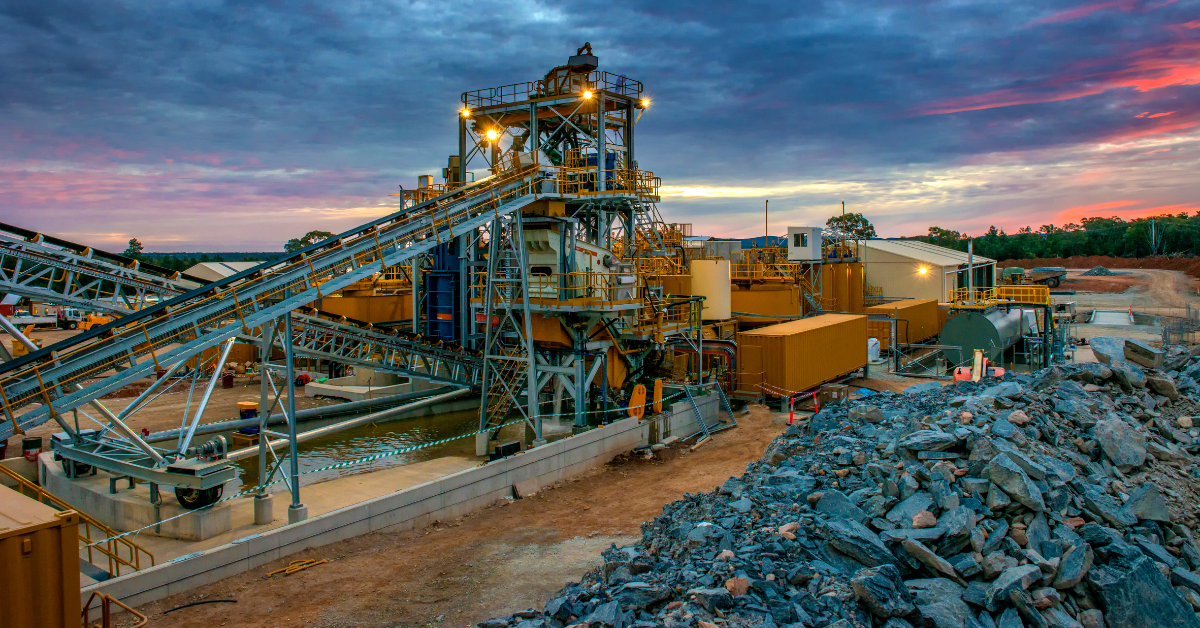For years, Canada’s mining potential has been limited by slow permitting, lack of infrastructure and uncertainty around how projects align with environmental and Indigenous priorities. Momentum is now building. The Ontario government’s new agreement with Webequie First Nation to advance priorities in the Ring of Fire region marks progress toward overcoming those barriers.
The Ring of Fire is a 5,000-square-kilometre mineral-rich region in northern Ontario that holds significant deposits of nickel, chromite, copper, and platinum-group metals that are estimated to be worth more than $60 billion, positioning it as a cornerstone of Canada’s critical minerals future. The area hasn’t been developed yet because building in such a remote region requires significant investment, infrastructure and collaboration, and progress depends on careful environmental review and partnership with Indigenous communities.
Canada is rich in the minerals the world needs, and the opportunity to responsibly develop them has never been more important as demand increases for the minerals that are used in batteries, power grids, vehicles, advanced manufacturing and more.
From nickel and lithium, to uranium and rare earth elements, these resources are putting mining back at the centre of Canada’s economic strategy as a modern driver of value, innovation, trade and independence.
Ontario is not the only province positioned to benefit from the development of Canada’s mineral resources. In Alberta, a new lithium extraction facility is being developed to meet growing demand for batteries and storage technology. In Saskatchewan, uranium continues to anchor nuclear development, providing reliable, large-scale power to meet rising electricity needs. Together, these efforts show how mineral development is reshaping regional economies and reinforcing national energy security. Yet much of the world’s mineral supply still comes from overseas, where environmental practices and working conditions fall far below Canadian standards. China’s dominance in rare earth production exposes global supply chain risks. If the economies we depend on for trade and manufacturing can’t be counted on or if they struggle, relying on them for essential minerals is not a sustainable strategy.
For engaged women, this issue connects directly to pride in resources and their ability to drive prosperity and affordability. CPW research shows that 85 per cent believe building domestic energy infrastructure is vital to Canada’s long-term prosperity and that legislation to facilitate projects must be streamlined. Engaged women know that resources are our edge.
Canada’s geology has always been a source of strength. The challenge now is to act quickly and cohesively so that our natural advantage translates into real economic progress. Canada’s path to long-term prosperity is rooted in one of its strongest assets: energy and natural resources.
